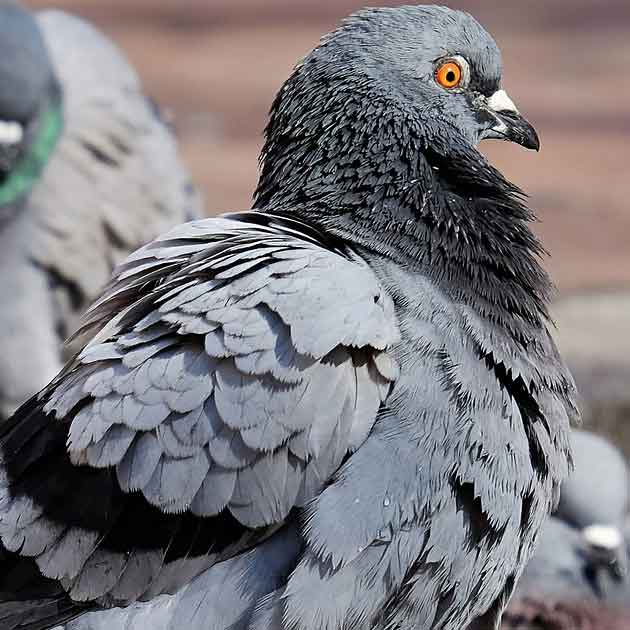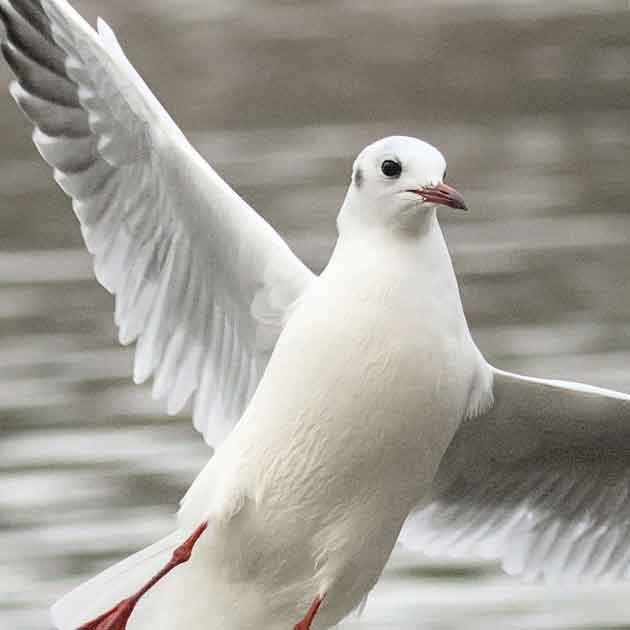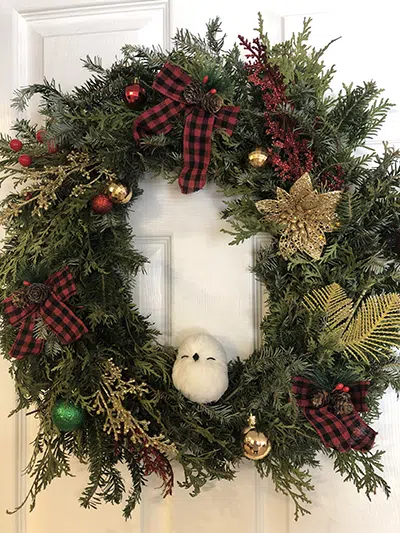Yes, yes, normally an error page is not a good thing... Fortunately, in this case... it is!
We have spent months and months revamping our site from top to bottom, so that you will be able to find things faster and to ensure that you actually get to the information you are looking for.
Next steps?
Try and use the top menu links, visit our Sitemap, or give our site search a test drive :)
Thanks so much for bearing with us!













